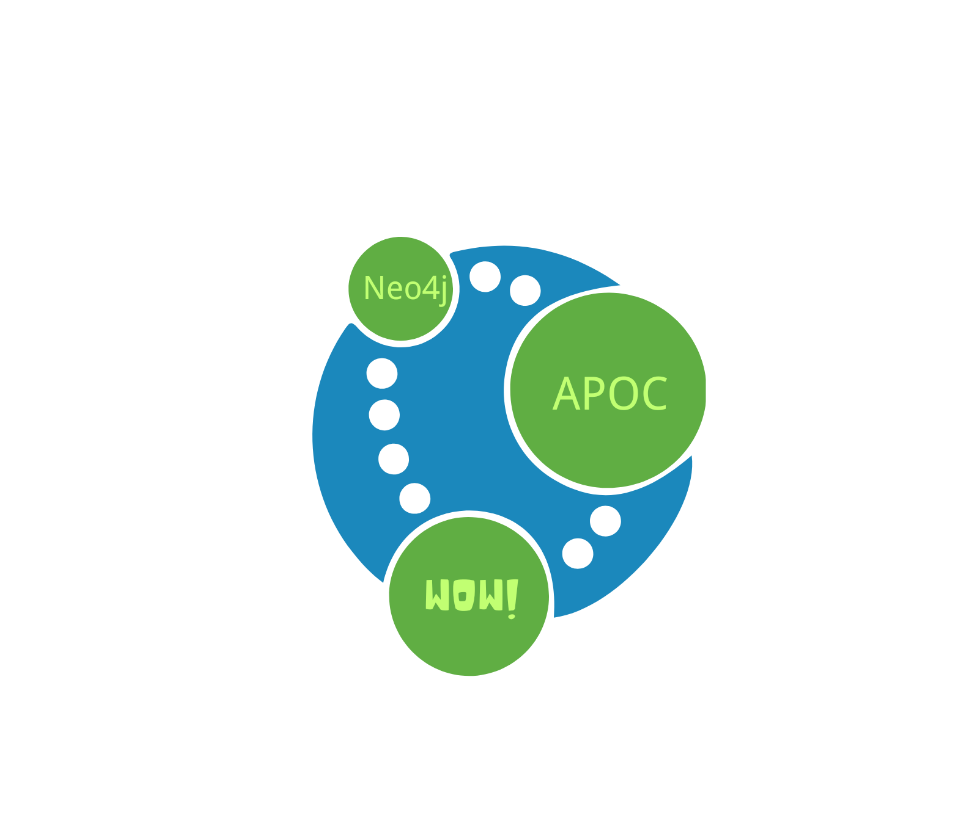
Understanding the Balance between Internal Knowledge and External Sources Author Qingqin Fang ( ORCID: 0009–0003–5348–4264) Introduction Previous research often emphasized the limitations of LLM’s information acquisition pathways, focusing on enhancing its capabilities in this regard.





